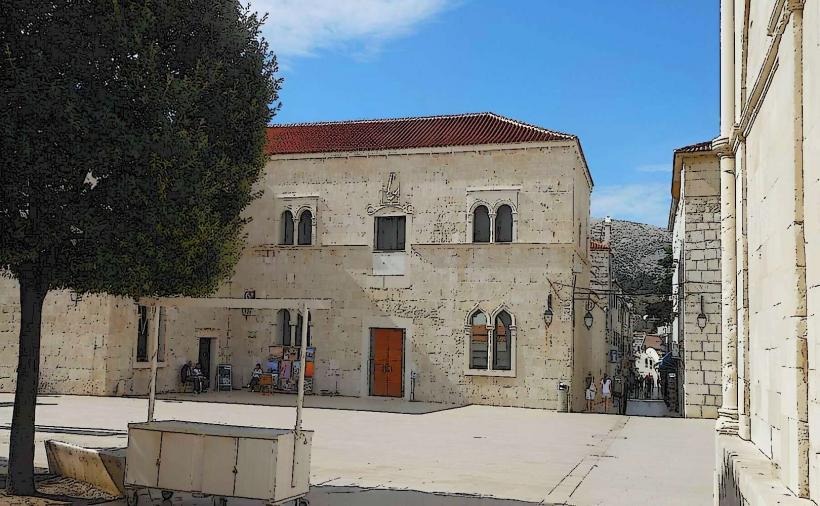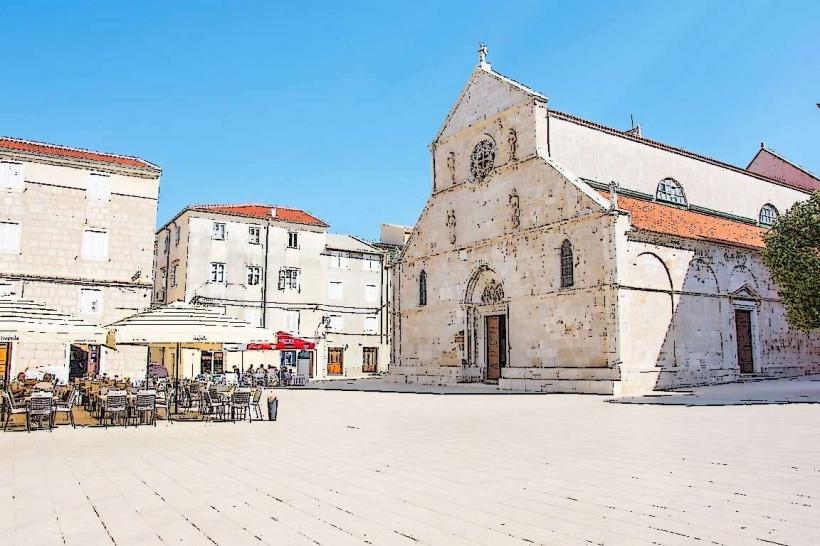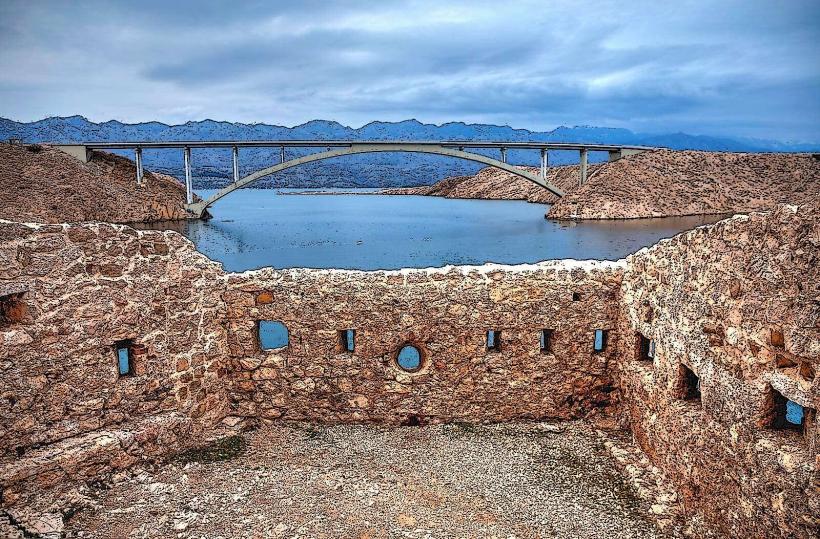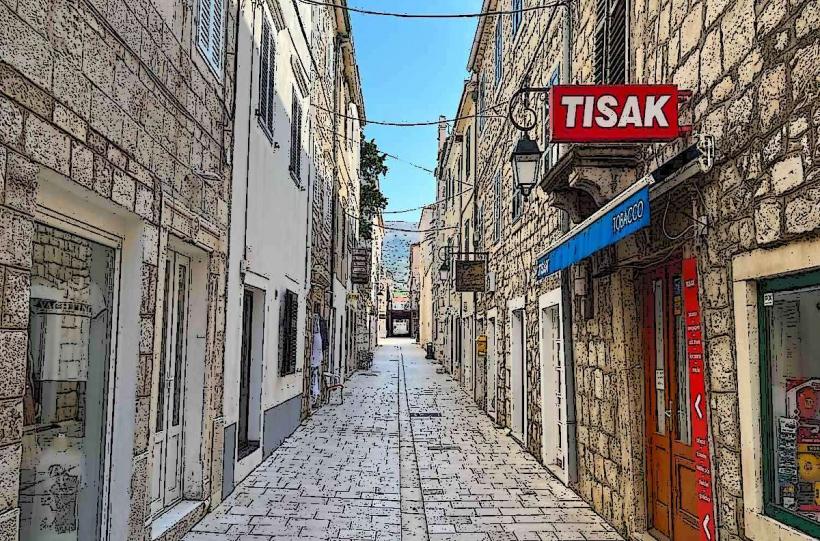Information
Landmark: Pag Salt MuseumCity: Pag
Country: Croatia
Continent: Europe
The Pag Salt Museum (Croatian: Muzej soli Pag) is a fascinating cultural and historical site located on the island of Pag, Croatia. This museum highlights the island’s long-standing tradition of salt production, an industry that has been integral to Pag’s economy and way of life for centuries. The museum offers visitors an immersive experience into the history, methods, and cultural significance of salt-making on Pag.
Key Features of the Pag Salt Museum
1. Historical Significance of Salt on Pag
- Centuries of Tradition: Salt production on Pag dates back to ancient times. It has been a cornerstone of the island’s economy, earning it the nickname "The Island of Salt."
- Strategic Importance: In the Middle Ages, salt was often referred to as "white gold," and Pag's salt was a valuable commodity traded across Europe.
- Modern Production: Today, Pag continues to be one of Croatia’s largest salt producers, with methods that blend traditional and modern techniques.
2. Museum Exhibits
- Historical Artifacts: The museum displays tools and equipment used in salt production over the centuries, including wooden rakes, salt pans, and old storage containers.
- Salt Storage Halls: The museum is housed in a former salt warehouse, a large, atmospheric space where salt was once stored in enormous quantities.
- Educational Panels: Informative displays explain the evolution of salt production, from ancient manual methods to contemporary industrial processes.
- Cultural Displays: Learn about the role of salt in local cuisine, trade, and folklore, showcasing its impact on the community.
3. Interactive Experiences
- Salt-Making Process: Visitors can see detailed explanations of the production process, including how seawater is evaporated to harvest salt crystals.
- Hands-On Exhibits: Some interactive elements allow visitors to feel and examine different types of salt crystals.
Practical Information for Visitors
1. Location
The museum is situated in the town of Pag, within the old salt storage facilities. Its central location makes it easy to combine with other attractions in Pag Town.
2. Opening Hours and Entry
- The museum is typically open year-round, with longer hours during the tourist season.
- Entry fees are affordable, making it accessible to a wide range of visitors.
3. Guided Tours
- Guided tours are available and recommended for a deeper understanding of the exhibits.
- Some tours may include visits to the active salt pans just outside the town, providing a firsthand look at the production process.
4. Gift Shop
- The museum’s shop offers local sea salt products, including gourmet salts, perfect as souvenirs or gifts.
Other Attractions Nearby
- Pag Lace Museum: Learn about another of Pag's unique traditions—lace-making.
- Old Town of Pag: Explore the town’s charming streets, historical architecture, and local restaurants serving Pag specialties like lamb and cheese.
- Salt Pans: Visit the salt pans outside the town for a closer look at where the magic happens.
Tips for Visitors
- Best Time to Visit: Early mornings or late afternoons are ideal for avoiding crowds, especially during peak tourist season.
- Combine Visits: Pair your trip to the Salt Museum with a visit to the nearby salt pans or the Pag Lace Museum.
- Bring Curiosity: The museum offers a wealth of information about salt’s role in history, so take your time to absorb the exhibits.
Why Visit the Pag Salt Museum?
The Pag Salt Museum is more than just a collection of exhibits; it’s a journey into the island’s soul. It provides a deep understanding of how salt has shaped the island's history, culture, and economy. Whether you’re a history enthusiast, a foodie curious about sea salt production, or simply looking for a unique experience, this museum offers a rich and educational glimpse into one of Pag’s most iconic traditions.










